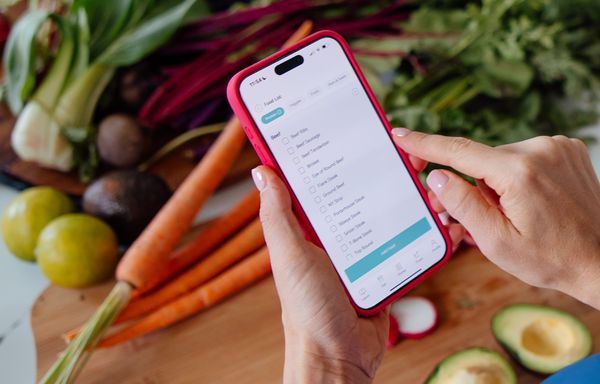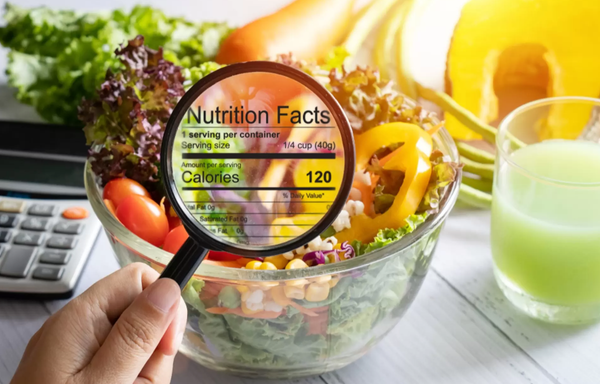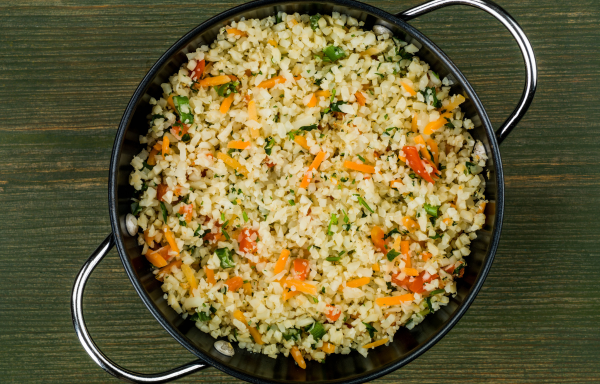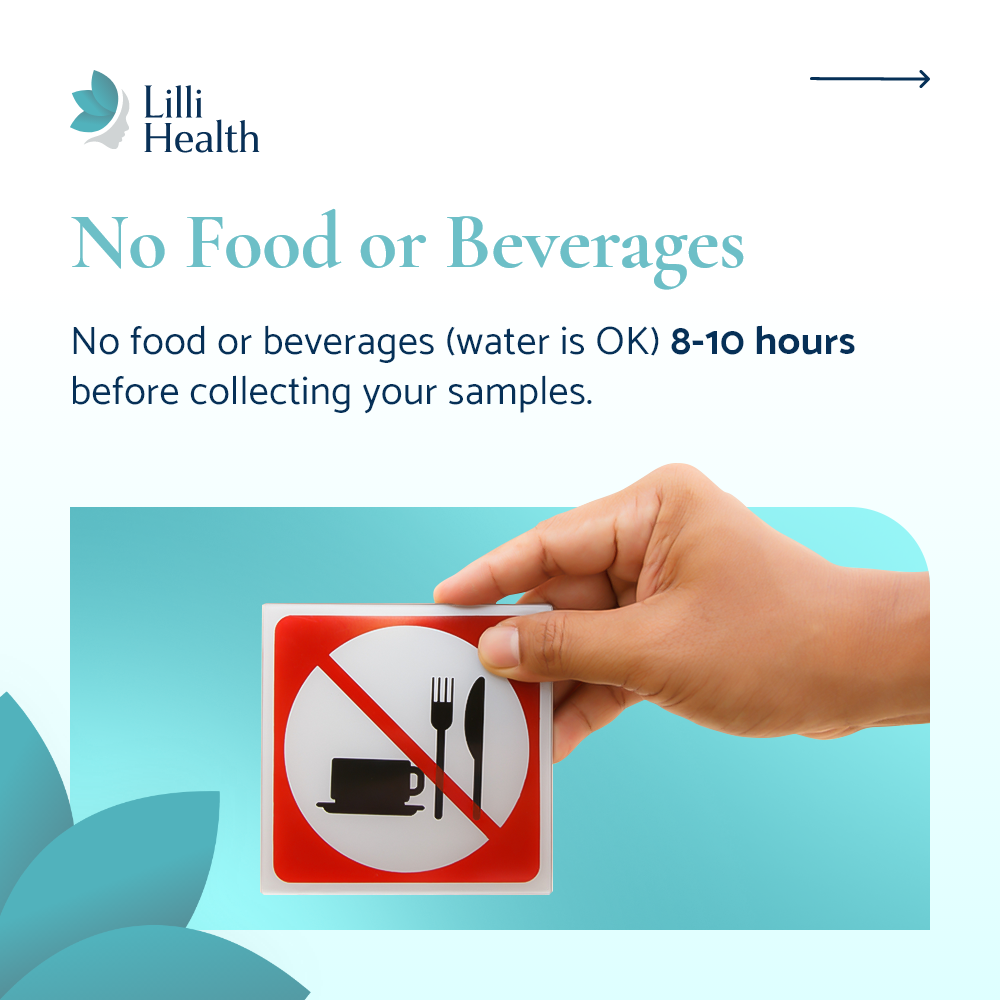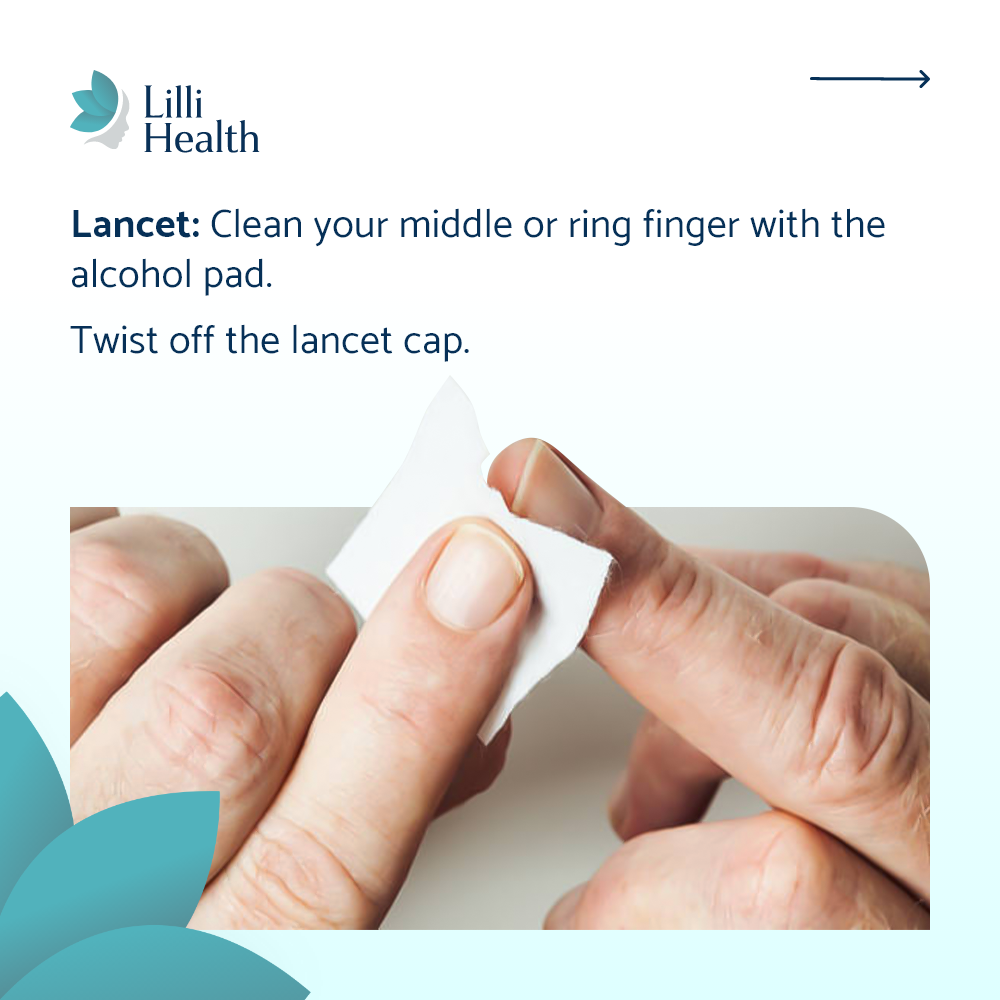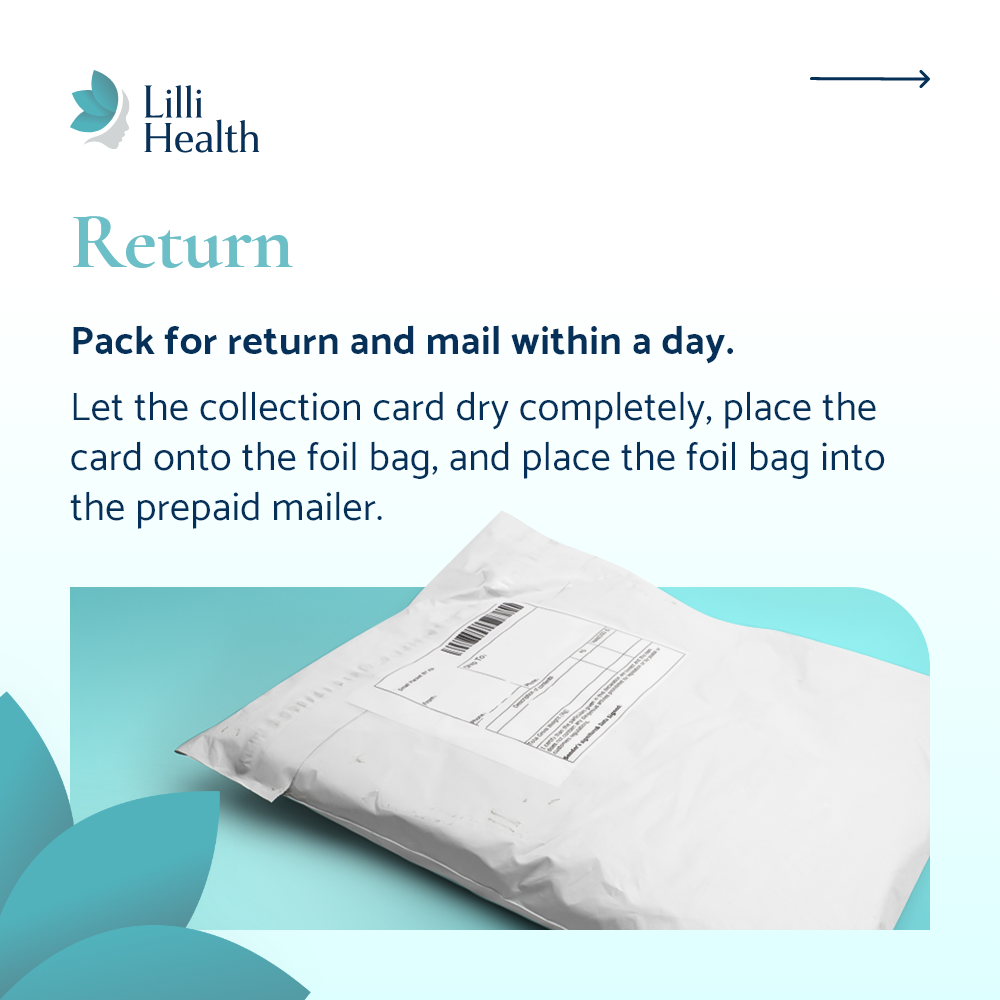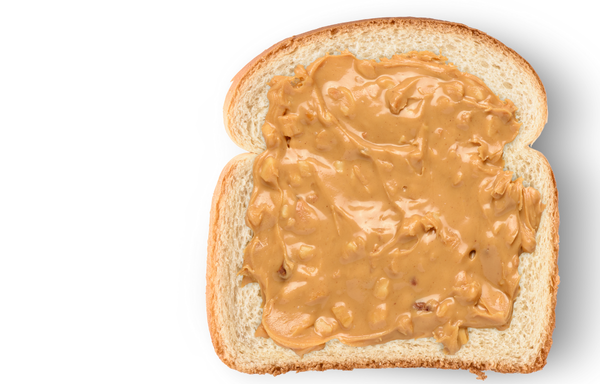

Debunking Food Combining: You Can’t Make an Unhealthy Food Healthy
There’s a lot of misinformation online when it comes to food combining. Some claim that adding fat or protein to starchy or sugary foods makes them healthier or prevents glucose spikes. Unfortunately, that’s just not how metabolism works. No matter what someone on social media tells you, there is nothing you can add to an unhealthy food to make it healthy.
The Truth About Adding Fat and Protein to Starch and Sugar
Many believe that pairing fat or protein with a high-carb meal helps “balance” blood sugar, and if you’re wearing a Continuous Glucose Monitor (CGM), you might even see a smaller glucose spike. But what you don’t see is the massive insulin response happening in the background.
Here’s why: when you combine fat with lots of glucose, those fatty acids can interfere with insulin signaling. This means insulin isn’t working as well as it should, so the pancreas pumps out even more to compensate. To make sure there’s enough insulin in circulation, your body also slows down insulin clearance, keeping levels higher for longer.
If you’re insulin resistant, this is even worse. Your body is already struggling to use insulin efficiently, and now it’s sending out even more in response to the extra fat and protein with those carbs. The result? More insulin, more fat storage, more PCOS symptoms, and a greater risk of long-term metabolic issues.
My Favorite Analogy for These So-Called “Hacks”
Think about it like this: imagine your house has a foundation problem, and cracks are forming in the walls. You hire someone to fix it, but instead of repairing the foundation, he just patches the cracks so everything looks better. The problem? The foundation is still broken. The house may seem fine for now, but those cracks are coming back—probably worse than before.
This is exactly what’s happening when you use food-combining hacks to “stabilize” blood sugar. It looks like the problem is being fixed, but in reality, you’re just covering up the damage while the underlying insulin issues continue to grow.
But Doesn’t Protein Slow Digestion?
Yes, protein does slow digestion, but that doesn’t mean it prevents glucose absorption. It just delays it. Every gram of sugar or starch in that meal still needs insulin to process it. Instead of a quick insulin spike that returns to baseline, you now have glucose and insulin elevated for longer periods—exactly what you don’t want when trying to lower insulin levels.
The Problem With Research on Food Combining
One of the most frustrating and confusing things about this topic is that if you look at the research, many studies suggest that this combination is actually good for blood sugar management—because it increases insulin release. Let me be very clear: the way to manage blood sugar is NOT to make more insulin. The goal is to eat in a way that requires less insulin in the first place.
So when a study says, “Adding fat and protein (especially whey protein) to a meal increases insulin release and therefore lowers blood sugar,” what they’re really saying is, “We forced the poor overworked pancreas to make more insulin to keep blood sugar normal.” But that’s the opposite of what you want. More insulin over time leads to more insulin resistance. This isn’t a long-term fix—it’s just another patch on the cracks in the wall.
Why CGMs Don’t Tell the Whole Story
If you’re using a CGM and adding fat and protein to your starchy meals, you might see a more “stable” blood sugar response. But don’t let that fool you. CGMs measure glucose, not insulin. Your pancreas could be working overtime to keep your blood sugar steady, secreting large amounts of insulin that you can’t see. In a healthy person, that insulin would quickly bring glucose down. But in someone with insulin resistance, it lingers in the bloodstream, keeping fat locked in storage and driving inflammation.
Just Eat the Food. Stop Micromanaging.
You don’t need to dip your carrot in hummus or peanut butter to make it “balanced.” You don’t need to eat your apple with almonds. You don’t need to stress about combining the “right” foods together to control blood sugar.
If you want to eat a piece of fruit, just eat it. Your body knows what to do.
One of the biggest problems with food combining is that it turns eating into a math equation rather than a natural, intuitive process. Your body isn’t a spreadsheet. Eat simple, whole foods, stop micromanaging every bite, and let your metabolism do what it’s supposed to do.
The Bottom Line
If you want to eat something starchy or sugary, do it very infrequently, savor it, and enjoy it. But don’t lie to yourself that adding fat or protein magically makes it healthier. Metabolism doesn’t work like that.
If you want to dip your Oreos in peanut butter, do it because it tastes good—not because you think the peanut butter is somehow making the Oreos better for your metabolism. It’s not. It’s making it worse.
References
Nesti L, et al. Impact of Nutrient Type and Sequence on Glucose Tolerance: Physiological Insights and Therapeutic Implications. Front Endocrinol (Lausanne). 2019. Read more




